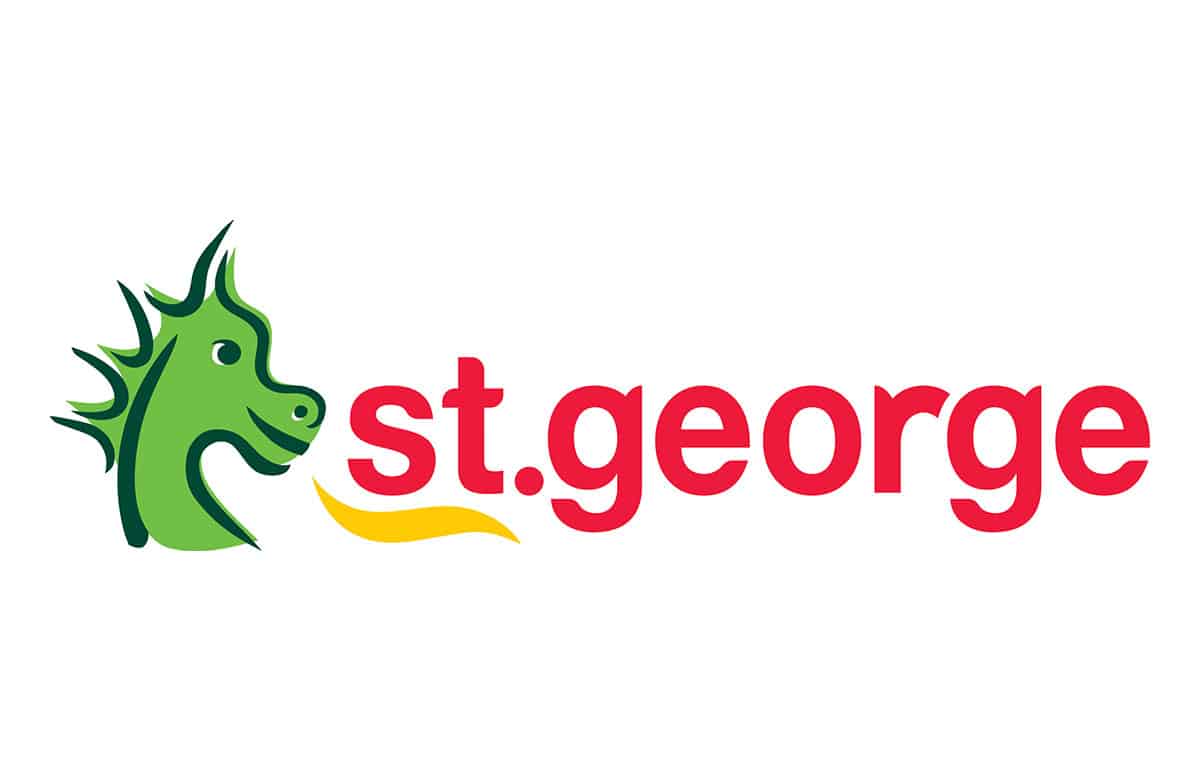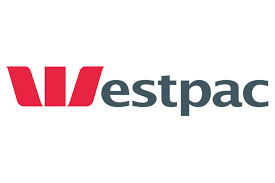High-interest savings and term deposits
High-interest savings accounts and term deposits are the most passive form of cash investment. Savings accounts (particularly ‘locked’ savings accounts) can offer a bonus rate of interest if various conditions are met, such as a set amount deposited into the account each month or restrictions on withdrawals (either the number of withdrawals allowed per month or a limit on the dollar amount withdrawn). You can compare your high interest savings account options with Savvy to help you find the best one for your needs, alongside a range of suitable bank account offers.
Term deposits similarly offer a higher interest rate the longer the term of the deposit. Both of these account types are essentially ‘set and forget’ savings options which offer a risk-free place to park your savings and watch them grow over time. However, they offer comparatively low interest rates compared to other forms of more active investment, which may carry a higher risk profile.
Managed investment bank accounts
These are accounts offered by banks and other specialist investment institutions which offer to actively manage your funds using a combination of fixed deposits, bonds, exchange-traded funds (ETFs), Australian or international shares and property investment. They often have a minimum deposit size (often starting from $5,000 up to $10,000 or even $50,000) and are aimed at the more serious passive investor.
Experienced fund managers actively manage the investment account, making all the buying and selling decisions on your behalf according to the parameters you may have specified. You pay either a set fee for services or a percentage of the funds under management per annum. For example, one of the larger banks offers a managed investment account for an annual 3% p.a. fee, while another offers a managed account for an annual $865 package fee.
Some managed funds offer ‘units’ of the fund for sale. For example, an investment of $15,000 at a unit price of $1 buys you 15,000 units. The value of each unit goes up and down and reflects the market value of the assets held in the entire fund. You may earn income (often called a ‘distribution’) from dividends or from the interest the fund earns. You can either reinvest this interest to buy more fund units or receive it as a cash income.
What control do I have over managed funds?
If you’re a serious investor with a nest-egg to stash, you may be able to specify how you wish your funds to be invested on your behalf in a managed account. Common areas where you are given a choice include:
- Risk factor – choose your risk factor according to how much risk you’re prepared to take to chase certain investment results. You may choose between high, medium, low or balanced risk. An example of balanced risk would be where you’re able to specify a percentage of funds are in high-risk investments and another portion in a lower-risk and lower-interest fund.
- Investment category – you can choose whether your funds are invested in term deposits, bonds, shares, exchange-traded funds, property or a combination of all these sectors. Your choice may depend on the areas in which the remainder of your investment portfolio is concentrated. For instance, if you’re already heavily invested in property, you may wish to have a managed fund that concentrates on shares to ensure a balanced investment exposure which isn’t too heavily weighted towards one particular sector.
- Ethical considerations – you may also be able to specify how your funds are invested based on ethical decisions. For instance, if you have a concern about climate change, you may specify no investment in coal or petroleum-producing companies. If you’re concerned about the effects of smoking or gambling, you can also choose ‘ethical’ investment options which don’t involve any investment or support in cigarette manufacturing or distribution or avoid any investment in companies which run casinos or supply or manufacture pokies. Some investment funds also allow you to invest in so-called ‘green’ (zero-pollution) industries, carbon sequestering or renewable growth projects (such as renewable plantation forests which prevent native rainforests from being cut down to feed paper mills).













